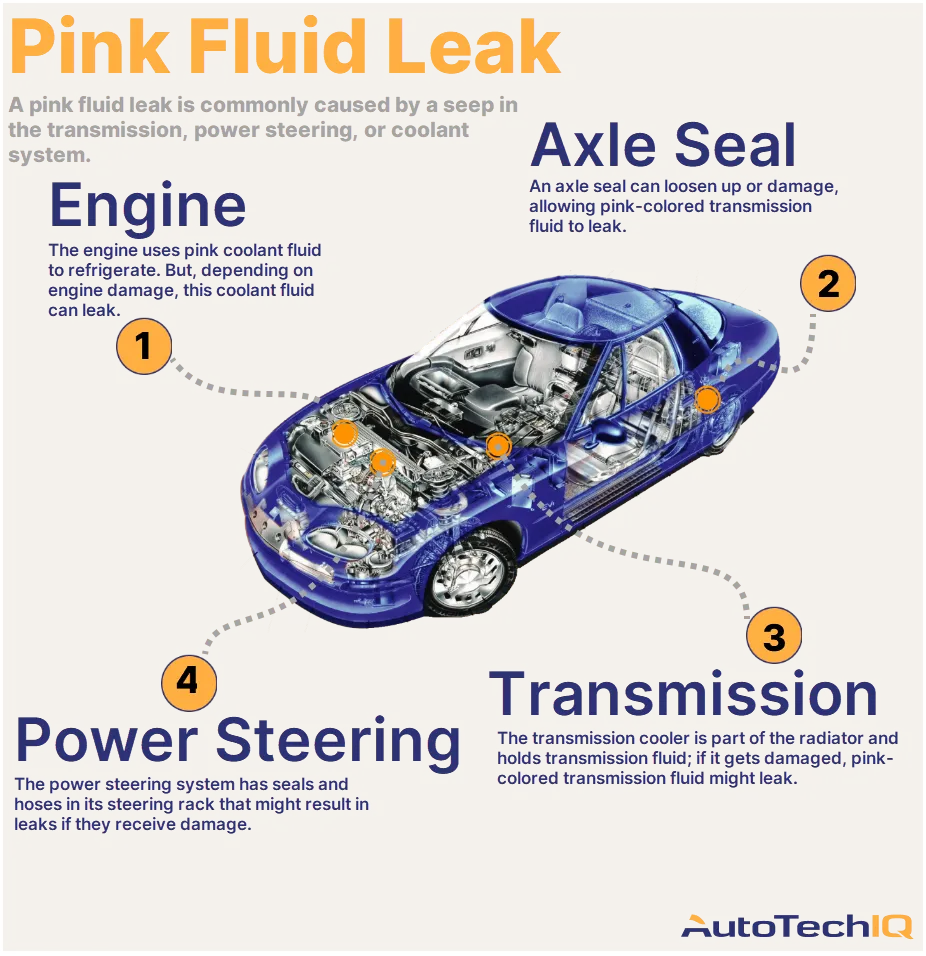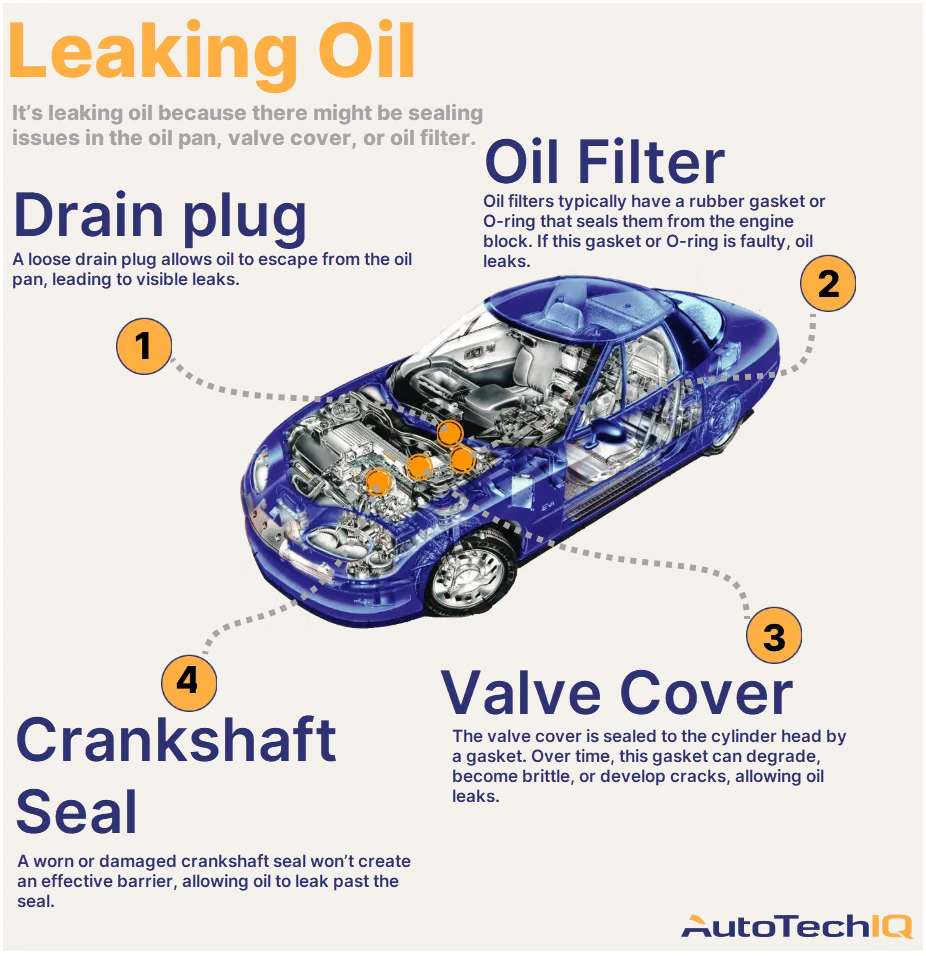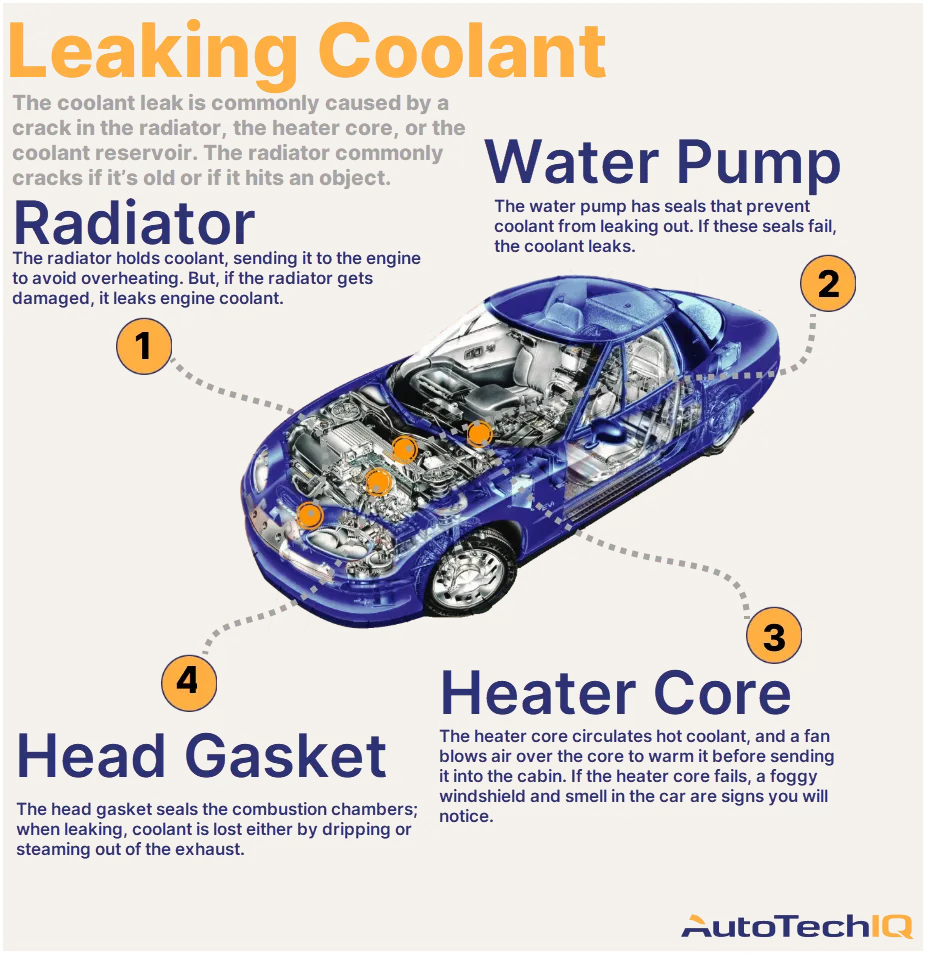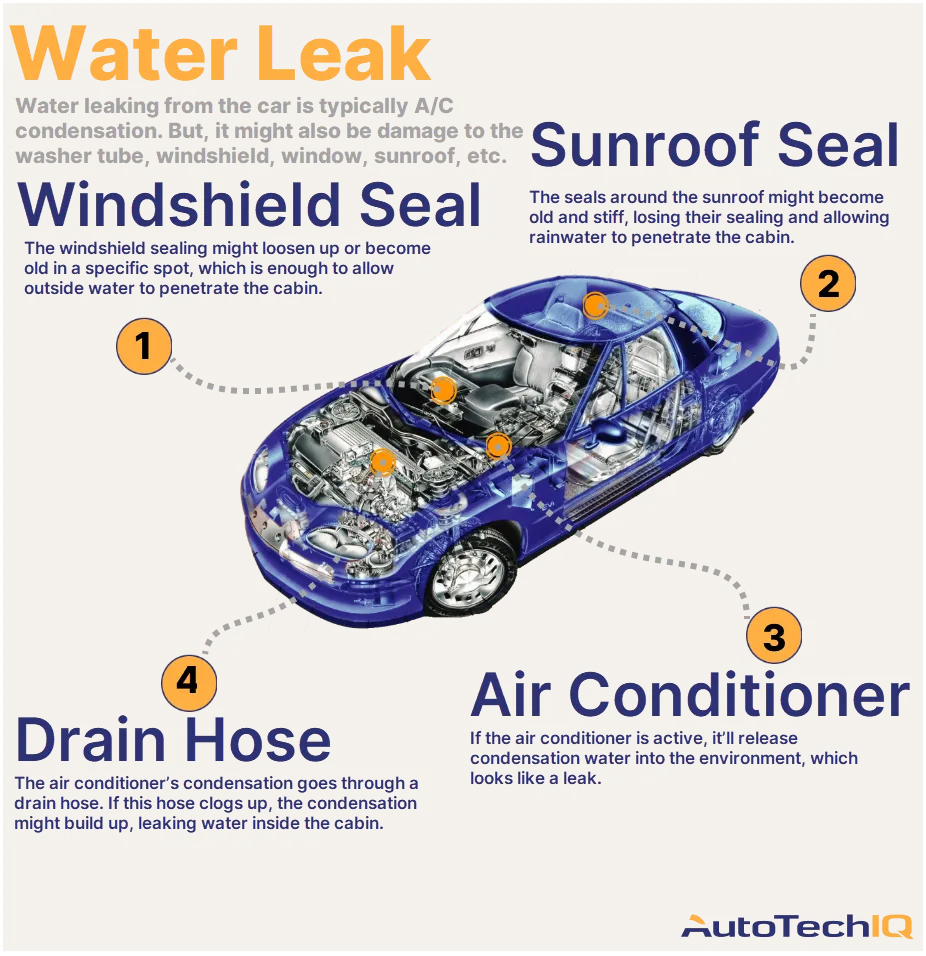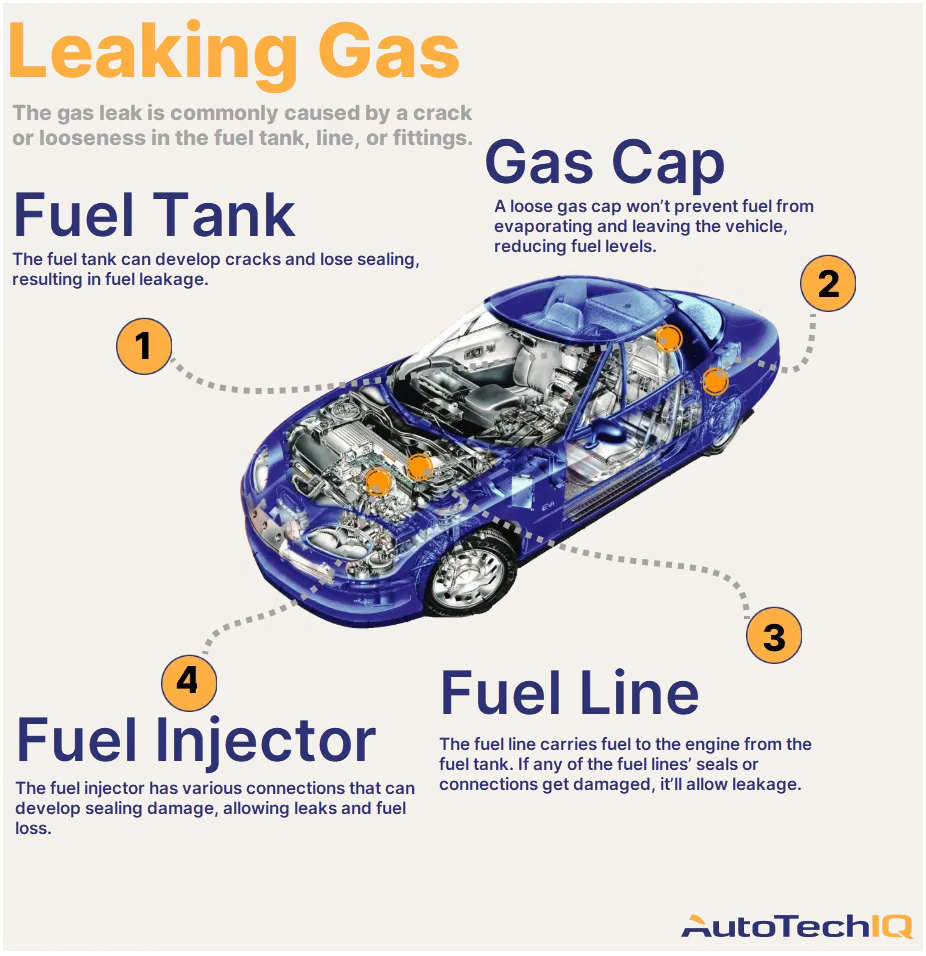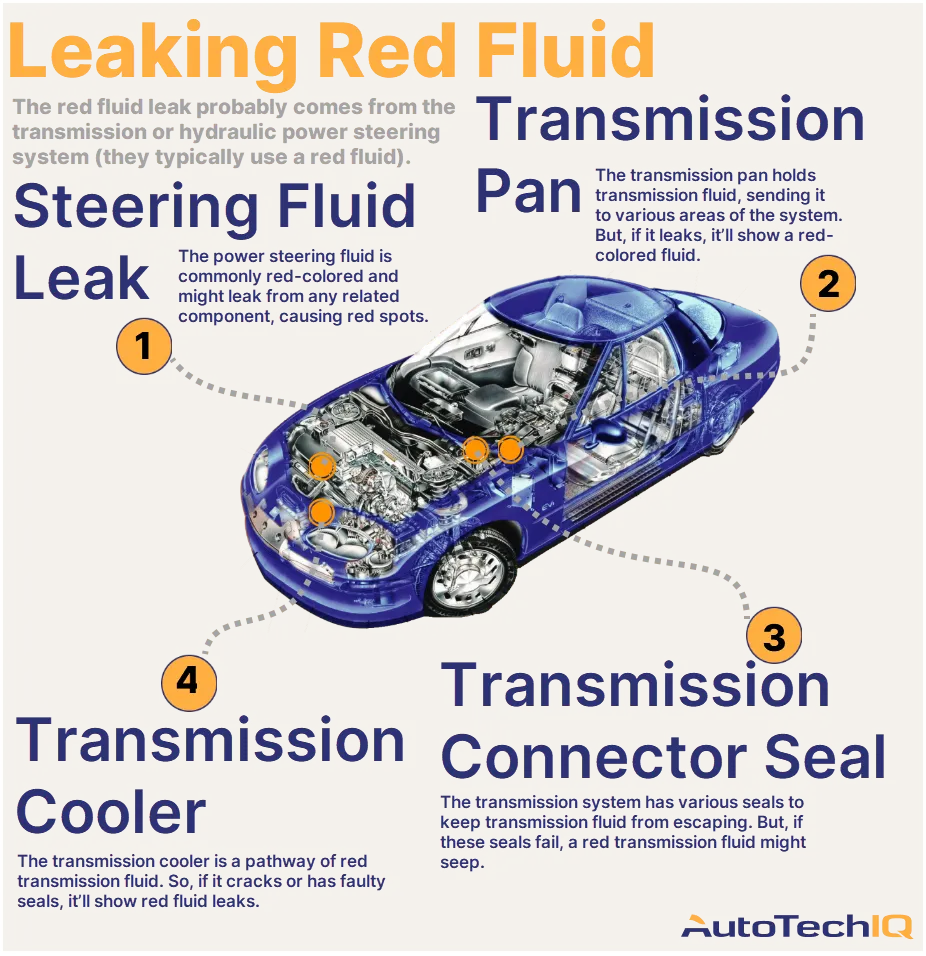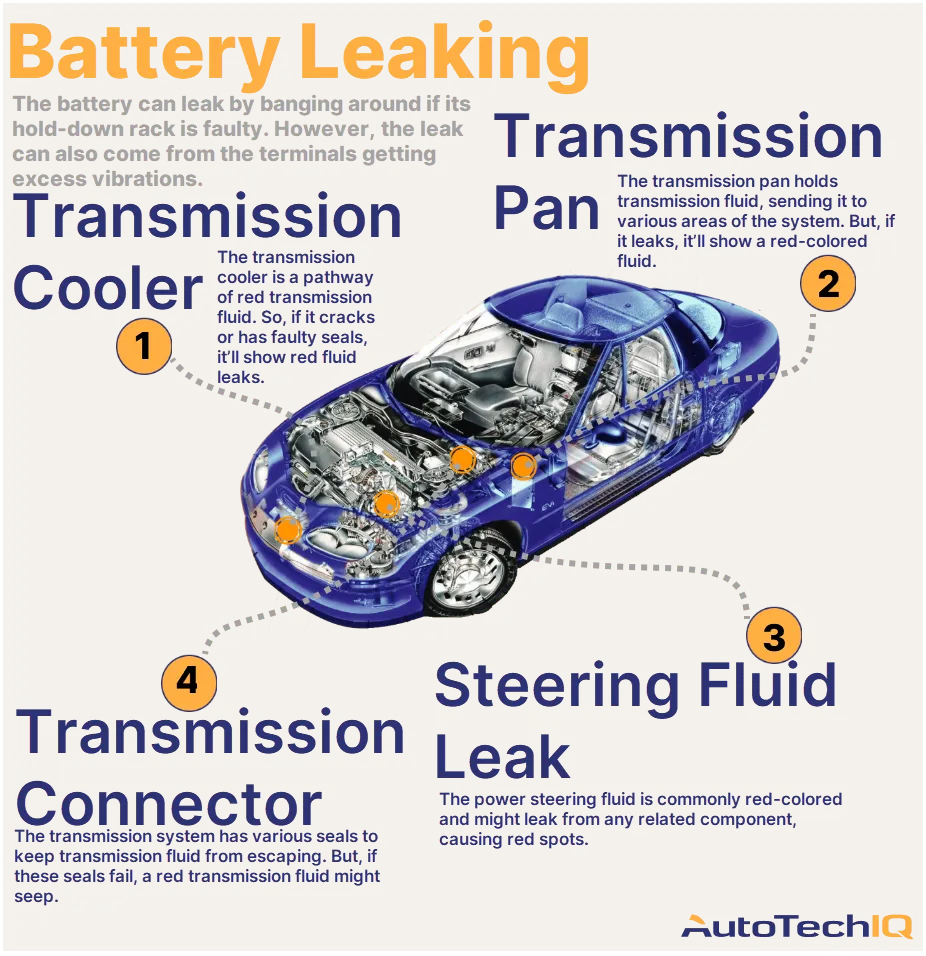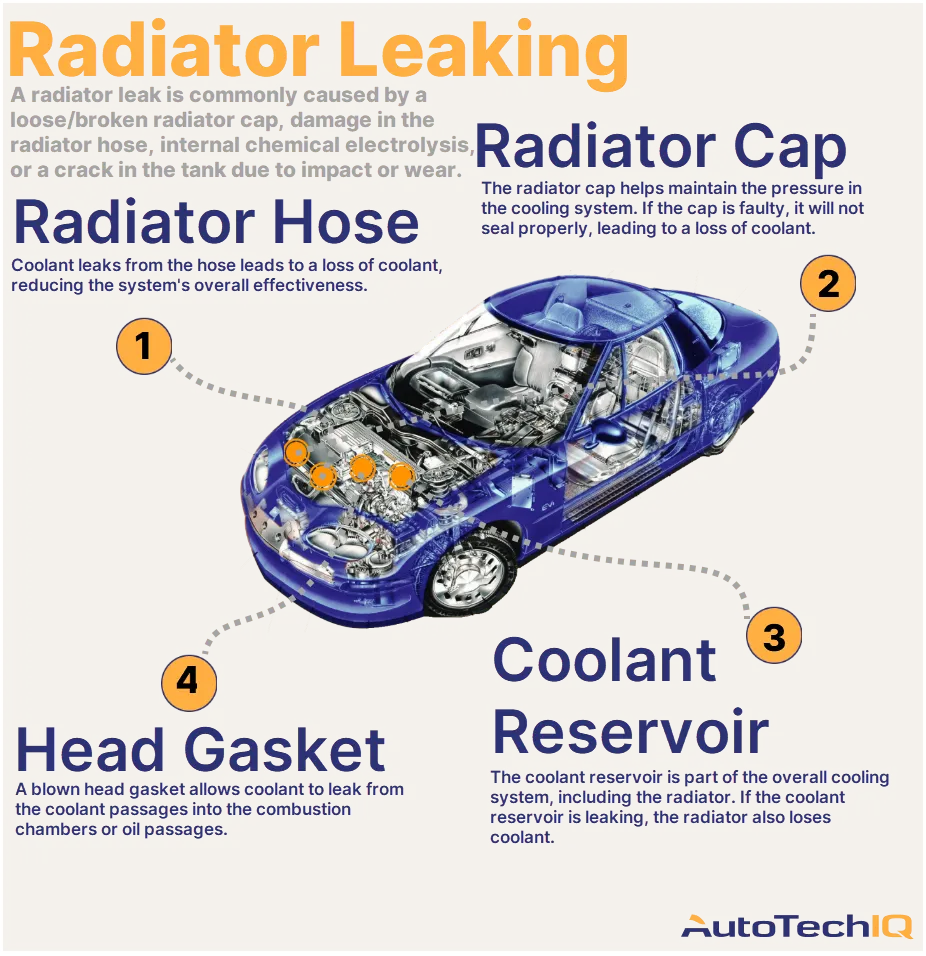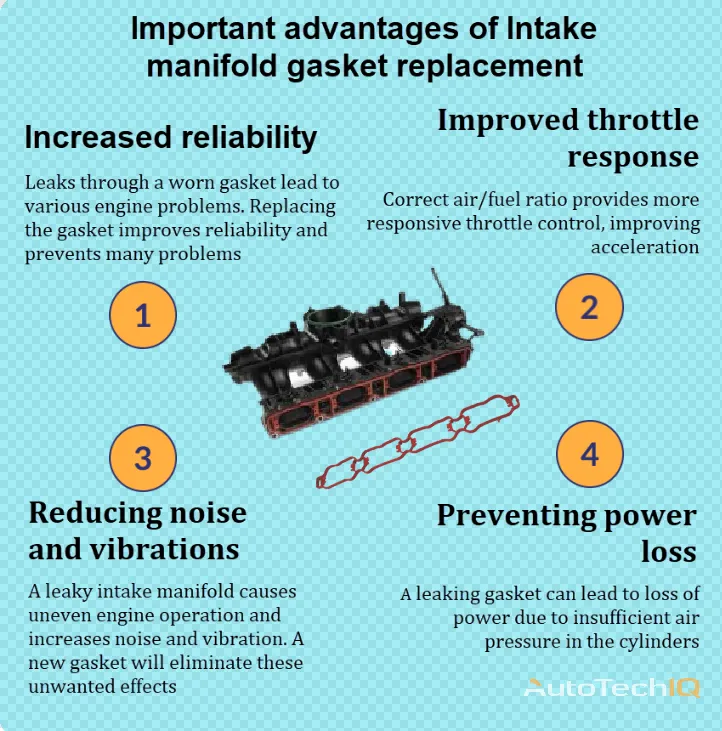
Replacing the intake manifold gasket solves problems such as:
- Air Leak Repair: A new intake manifold gasket provides a tight connection between the manifold and the cylinder head. Over time, the gasket deteriorates, becomes hard or cracks, leading to air leaks. The correct ratio of air and fuel necessary for efficient combustion is disrupted. Air leaks from damaged gaskets can upset this balance, reducing engine efficiency and performance.
- Reduce the risk of engine idle and rough running problems: Leaks from damaged gaskets can cause rough engine running, rough idling and rough running problems.
Therefore, replacing your intake manifold gasket helps avoid many potential engine problems, provides better performance and fuel economy, and helps your vehicle run longer and more reliably.


